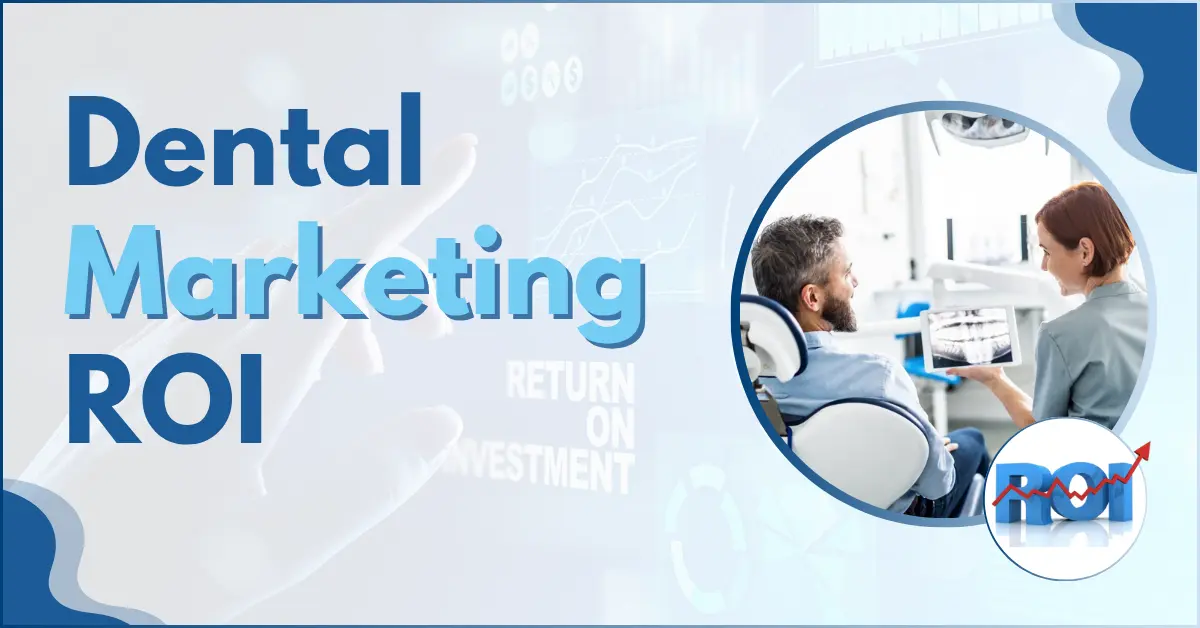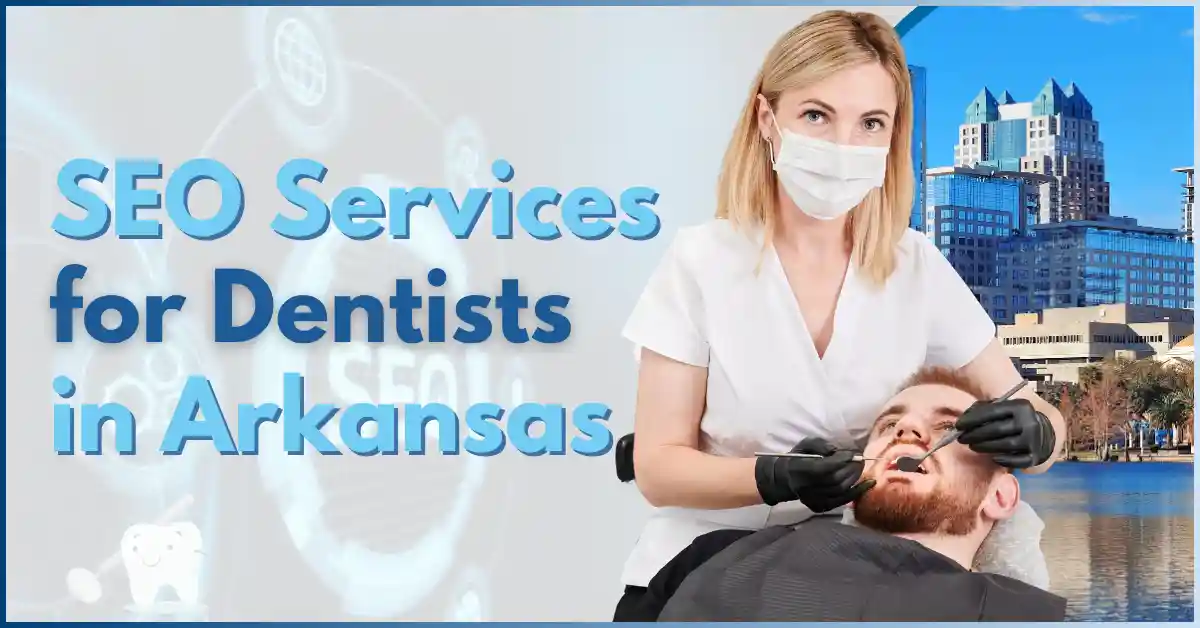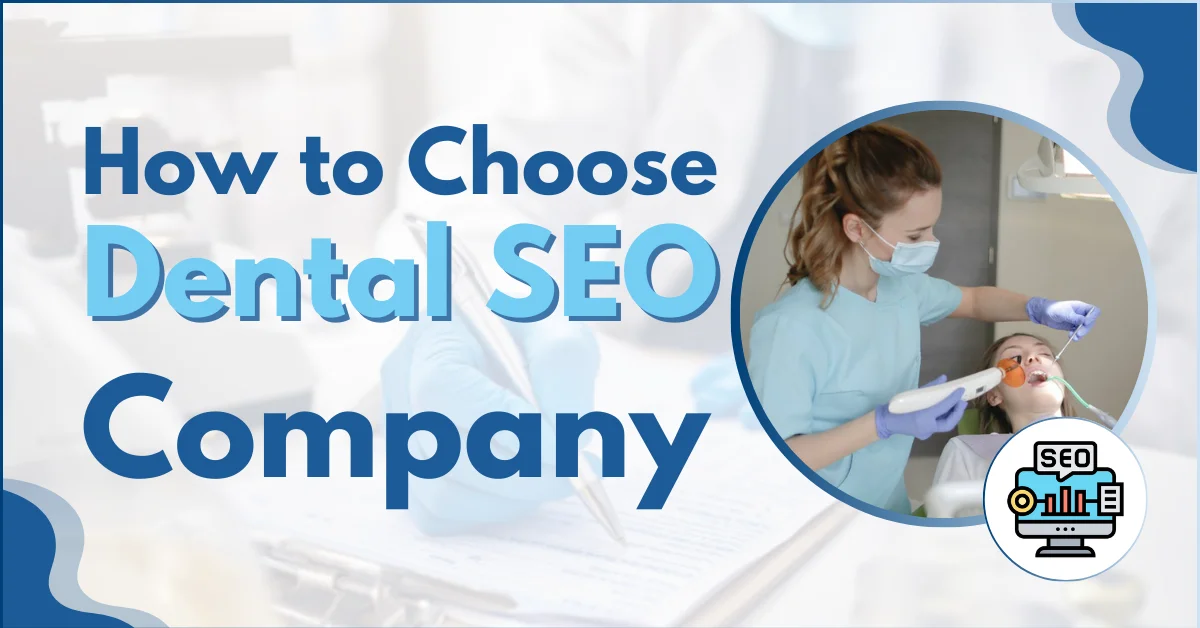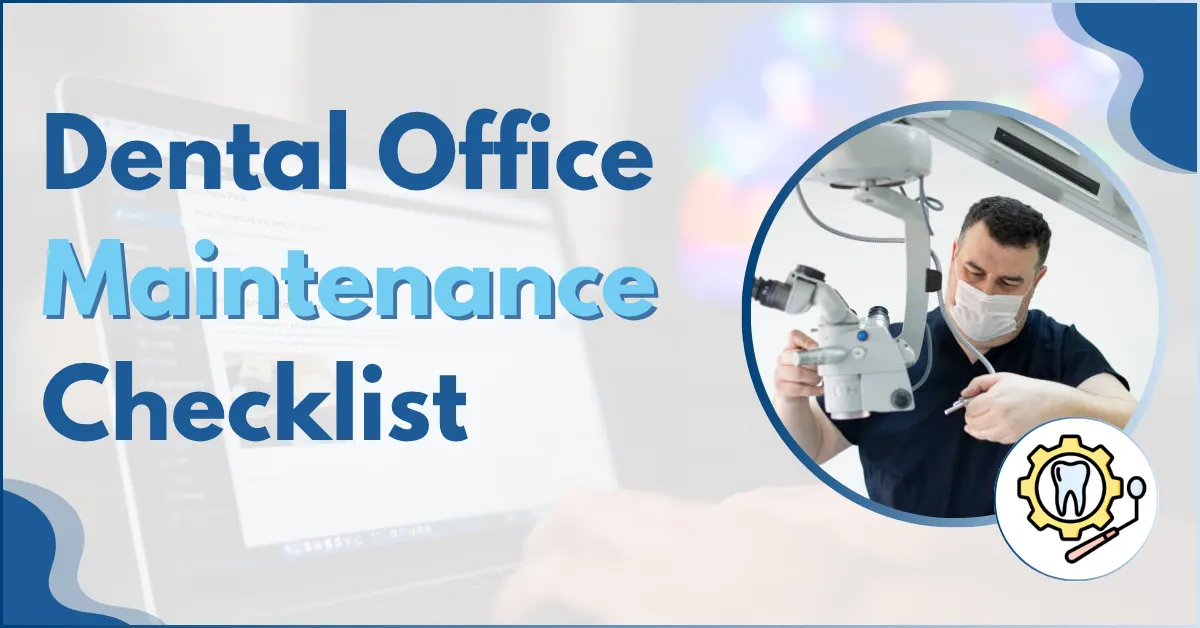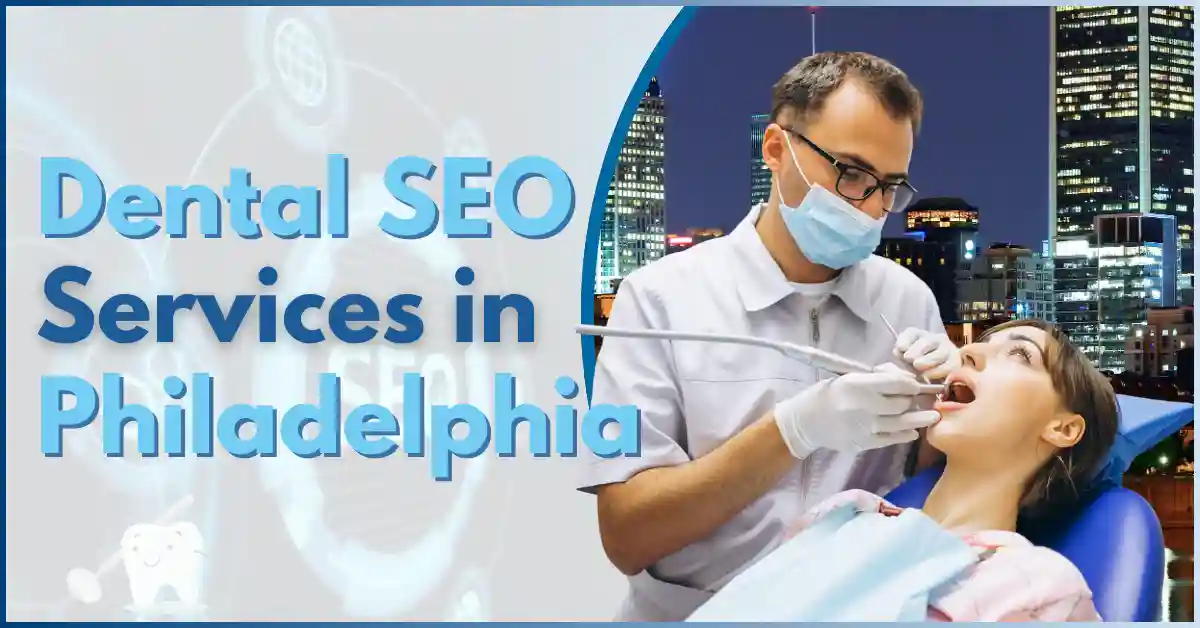Every dentist wants to grow their practice and get more patients. One important way to do that is through marketing. But how can you tell if your marketing is actually working?
That’s where the dental marketing ROI calculation helps us. This simple marketing return on investment formula will let you see how much money you are making from your marketing compared to how much you are spending..
Through this guide, you will be able to measure what’s working, what’s not, and how to get better results without wasting time or money.
So without any further ado, let’s get started.
Want Better ROI from Your Dental Marketing?
Get a Free ROI Audit and start attracting more patients today.

What is ROI in Marketing for Dental Practices?
ROI, or Return on Investment, in dental marketing means checking how much money you earn for every dollar you spend.
In other words, if you spend on ads or promotions, ROI tells you how much you get back in return. It’s a way to see the financial gain (or loss) from your marketing activities.
What is Return on Marketing Investment (ROMI) for Dentists?
ROMI, or Return on Marketing Investment, is essentially the same as marketing ROI. It’s a specific term used to emphasize that we’re looking at the return generated specifically from marketing expenses.
For dentists, it helps isolate the impact of your advertising, online presence, and other promotional efforts.
Why is ROI Important for Your Dental Practice?
Measuring marketing ROI isn’t just about crunching numbers. It’s about ensuring your practice’s growth and sustainability. It allows you to:
What is Considered a Good Dental Marketing ROI?
There’s no single “magic number” for a good ROI, as it can vary based on your practice’s goals, the type of marketing, and your specific market.
However, a general rule of thumb is that any positive ROI is a good start.
Many businesses want an ROI of at least 2:1 (meaning you get back $2 for every $1 spent), but for dental practices, with the high lifetime value of a patient, a much higher ROI is often achievable.
How is Marketing ROI Used by Dental Companies and Practices?
Dental practices use marketing ROI to:
How to Calculate ROI using any of the 5 Methods
1. Using Basic Dental Marketing ROI Formula
Formula: (Sales Growth – Marketing Cost) / Marketing Cost
This is the most fundamental marketing return on investment formula. Let’s apply it to a dental practice:
Imagine you spent $1,000 on a Facebook ad campaign. From that campaign, you gained 5 new patients who, in their first visit, generated $2,500 in revenue.
ROI = ($2,500 – $1,000) / $1,000 ROI = $1,500 / $1,000 ROI = 1.5 or 150%
This means for every $1 you spent, you got $1.50 back.
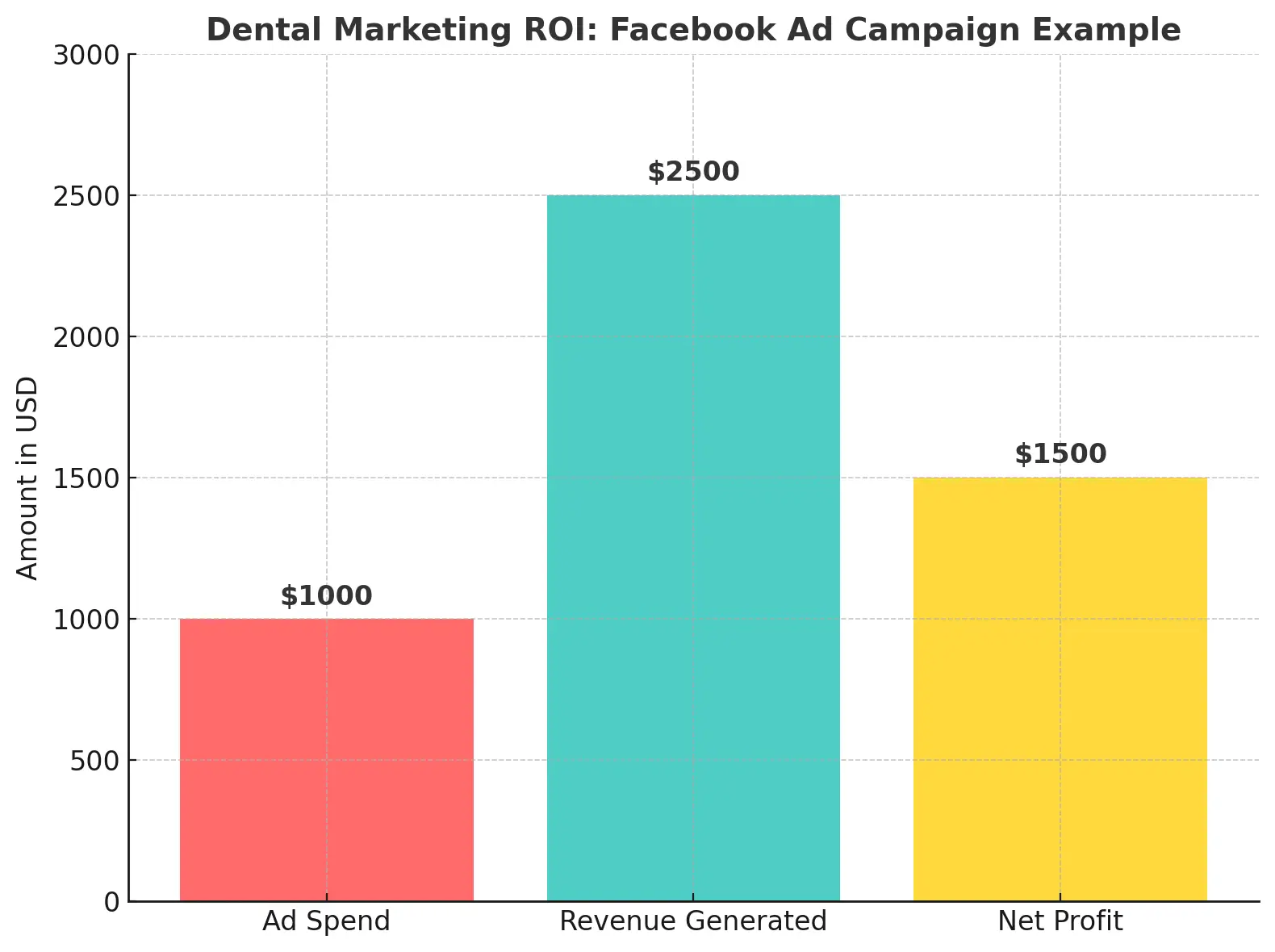
2. Calculating Campaign Attributable ROI for Dental Marketing
This involves specifically linking revenue to a particular marketing campaign.
For example, if you run a “New Patient Special” campaign, you’d track how many patients mention that special or use a unique code from the ad. The revenue generated by those specific patients is then attributed to that campaign.
3. Using the Cost Ratio to Determine ROI for Your Dental Practice
Comparative cost is another way to look at ROI. It helps you understand how much it costs to acquire a new patient through different channels.
For example:
Campaign A has a better comparative cost and likely a higher ROI.
4. Using Direct and Indirect Revenue Attribution for Dental Marketing
Direct Revenue Attribution
This is when a patient directly converts from your marketing effort. For instance, they click on an ad and immediately book an appointment.
Indirect Revenue Attribution:
This is more complex. A patient might see your ad, then visit your website later, read some reviews, and then call to book. The ad was a touchpoint, but not the direct conversion point.
Understanding both direct and indirect attribution gives a more complete picture of your marketing’s influence.
5. Short-term Profit Lift
It refers to the immediate revenue increase seen directly after a marketing campaign. This is important to track for quick wins and to understand the immediate impact of your efforts.
Examples for Dental Practices
Let’s use some real-world examples for dentists:
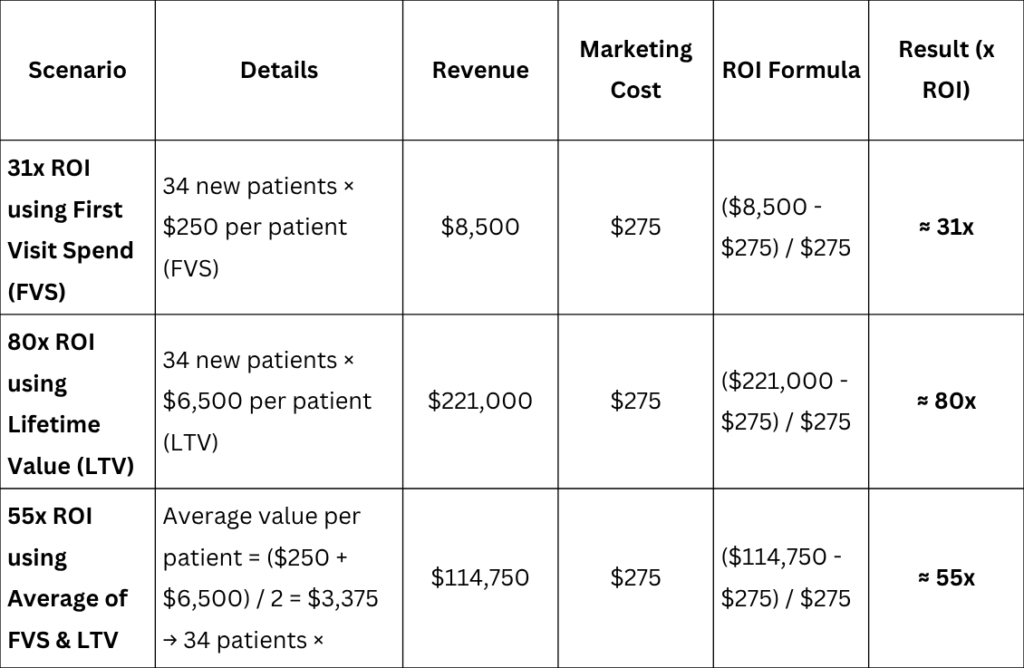
| Scenario | Details | Revenue | Marketing Cost | ROI Formula | Result (x ROI) |
| 31x ROI using First Visit Spend (FVS) | 34 new patients × $250 per patient (FVS) | $8,500 | $275 | ($8,500 – $275) / $275 | ≈ 31x |
| 80x ROI using Lifetime Value (LTV) | 34 new patients × $6,500 per patient (LTV) | $221,000 | $275 | ($221,000 – $275) / $275 | ≈ 80x |
| 55x ROI using Average of FVS & LTV | Average value per patient = ($250 + $6,500) / 2 = $3,375 → 34 patients × $3,375 | $114,750 | $275 | ($114,750 – $275) / $275 | ≈ 55x |
Quick Summary for Dentists
These examples show how to calculate marketing ROI and why it’s crucial to consider both short-term and long-term value.
Why This Matters for Your Dental Practice
Knowing how your marketing performs helps you:
In short: Combine short-term tracking (like new patients and profit) with long-term brand-building (like reputation and trust) to get the full picture of your marketing performance.
6 Key Metrics to Track for Your Dental Practice’s Marketing ROI

To accurately calculate your marketing ROI, you need to track specific metrics.
1. Customer Lifetime Value (CLV or LTV) for Dental Patients
This is the total amount of money a patient is likely to bring to your practice during the time they stay with you. For dentists, LTV is incredibly important because patients often return for years for cleanings, check-ups, and more significant procedures.
2. First Visit Spend (FVS) by New Dental Patients
This is the revenue generated from a new patient’s very first visit. While LTV looks at the long-term, FVS helps you assess the immediate impact of your patient acquisition efforts.
3. Conversion Rate for Dental Marketing Campaigns
Conversion rate shows how many people actually take action, like booking an appointment after seeing your ad or visiting your website.
For example, if 100 people visit your site and 5 of them schedule an appointment, your conversion rate is 5%.
4. Customer Acquisition Cost (CAC) for New Dental Patients
Customer Acquisition Cost (CAC) tells you how much you spend to get one new patient through marketing.
To find it, just divide your total marketing cost by the number of new patients you gained
5. Return on Ad Spend (ROAS) for Dental Advertising
ROAS (Return on Ad Spend) shows how much money you make for every dollar you spend on ads.
It’s like ROI, but it only measures the performance of your advertising spend.
6. Cost Per Lead (CPL) for Potential Dental Patients
This measures how much it costs to generate one potential new patient lead (e.g., someone who fills out a contact form or calls your office).
7. Click-Through Rate (CTR) for Dental Online Ads
Click-Through Rate (CTR) shows how many people click on your ad or link after seeing it online.
A high CTR usually means your ad or message is interesting and well-designed.
Marketing Channel ROI for Dentists
Whenever you invest in marketing, you should know what results you’re getting back. Here is how to measure it across different marketing channels commonly used by dental practices.
Email marketing ROI for Dentists
Email marketing gives one of the best returns. For every $1 spent, you can make around $38.
For example, if you send out a monthly newsletter and allow a nearby orthodontist to place an ad in it for $1,000, they can track how many patients visit from that email. If they make $4,500 from those patients, the ad worked well.
Social Media ROI for Dental Practices
Social media helps bring in leads and build trust.
Let’s say a cosmetic dentist runs a Facebook ad offering free consultations. They spend $800 and get 20 bookings. Out of those, six people go ahead with treatments worth $5,000. That’s a strong return on a small investment.
Event Marketing ROI for Dental Practices
Hosting local events can also help grow your practice.
For example, a pediatric dentist holds a back-to-school event with free screenings. They spend $1,200 on marketing and setup. Forty families attend. Eighteen book follow-ups, and eight become regular patients, bringing in $3,600. The event pays off.
Digital Advertising ROI for Dentists
Digital ads on Google, YouTube, or websites can bring fast results when done right.. The return on investment formula for digital marketing is essentially the same basic ROI formula applied to these digital channels.
10 Potential Challenges of Measuring Marketing ROI for Dentists

While essential, measuring marketing ROI isn’t always straightforward.
1. Attribution Challenges in Dental Marketing
It can be difficult to pinpoint exactly which marketing touchpoint led to a patient booking an appointment. Did they see your billboard, then a Facebook ad, then visit your website before calling?
2. Long-Term Brand Equity for Dental Practices
Some marketing efforts, like building your brand reputation, don’t have an immediate, measurable ROI. Their value accumulates over time, making it hard to quantify short-term.
3. Qualitative vs. Quantitative Factors in Dental Marketing
Some benefits of marketing are qualitative (e.g., increased patient trust, improved reputation), which are harder to put a dollar value on compared to quantitative metrics like new patient numbers.
4. Outdated Attribution Models for Dental Practices
Relying on old or simple attribution models (like “last click” wins) can misrepresent the true impact of your marketing efforts.
5. Data limitations for dental practices
Smaller practices might not have sophisticated tracking systems, making it harder to collect all the necessary data for accurate ROI calculations.
6. Oversimplified Marketing Measurements for Dentists
Just looking at clicks or likes isn’t enough. You need to connect these actions to actual patient appointments and revenue.
7. Short-term Focus of Marketers in Dental Practices
There can be a temptation to focus only on immediate results, potentially overlooking the long-term benefits of brand building or patient loyalty.
8. Multiple Touchpoints Before Purchase for Dental Patients
Patients often interact with your brand across several channels before becoming a patient, making it challenging to assign credit to a single marketing effort.
9. Management Skepticism in Dental Practice Marketing
If you’re managing a team or have partners, you might face skepticism if you can’t clearly demonstrate the value of your marketing investments.
10. Sophistication and Scale Analysis for Dental Marketing
Larger practices with more complex marketing strategies might require more sophisticated tools and analysis to accurately measure ROI.
7 Smart Techniques to Improve Your Dental Practice’s Marketing ROI

Despite the challenges, there are concrete steps you can take to improve your marketing ROI.
1. Determine Costs Accurately for Your Dental Marketing Campaigns
Track all your marketing expenses meticulously, including ad spend, agency fees, software subscriptions, and even staff time dedicated to marketing.
2. Run A/B tests on your Dental Marketing Materials
Try out different versions of your ads, website text, or email subject lines to see which one works best.
This helps you improve your marketing and get better results.
3. Scale Winners in Your Dental Marketing Strategy
Once you identify a marketing campaign or channel that’s performing well, consider investing more in it to maximize your returns.
4. Improve Attribution for Your Dental Practice’s Marketing
Use tracking codes, unique phone numbers, and patient surveys to better understand where your new patients are coming from.
5. Distribute Marketing Budgets Strategically for Your Dental Practice
Spend more on the marketing channels and campaigns that have brought you the best results in the past.
This way, your budget goes where it works the hardest.
6. Set Benchmarks and Measure Campaign Success for Dental Marketing
Compare your current campaign results to past performance or industry averages to see if you’re improving.
7. Conduct a Competitive Analysis for Your Dental Practice Marketing
See what your competitors are doing in terms of marketing and how their efforts are performing (if you can gather that data). This can give you ideas for your own strategies.
Tools & Technology to Calculate Marketing ROI for Dentists
The right tools make it easier to track your marketing results and understand your ROI. They save you time and help you make smarter decisions.
CRM Systems for tracking ROI in Dental Practices
Customer Relationship Management (CRM) systems like Dentrix, Eaglesoft, or even more general CRMs like HubSpot or Salesforce, can help you track patient interactions, appointments, and revenue, linking them back to marketing sources.
Popular Marketing Analytics Platforms for Dentists
Tools like Google Analytics help you see how people use your website, where they come from, and if they take action like booking an appointment.
Social media platforms also show useful stats through their own analytics.
Dedicated ROI Tracking Tools for Dental Marketing
Some marketing automation platforms offer specific ROI tracking features, allowing you to see the direct financial impact of your campaigns. There are also financial tools that act as a stock market return on investment calculator, which can provide a broader context, but are not directly applicable to marketing ROI for dentists.
FAQs: Your Questions About Dental Marketing ROI Answered
The Bottom Line
Understanding and measuring your marketing return on investment formula is not just for large corporations. It’s a critical skill for every dental practice owner who wants to ensure their marketing budget is being used effectively and profitably.
Track key numbers, cut waste, and invest in what works.
Next Steps:
Need help? Talk to a dental marketing expert to simplify tracking.

